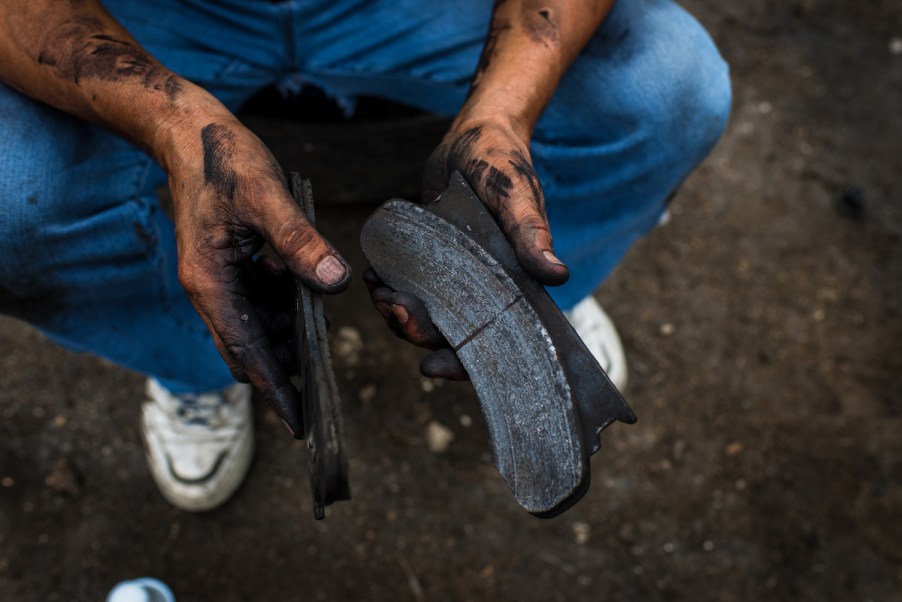
How to Bleed Your Brakes?
Car maintenance enhances reliability and performance, giving you value for your investment. It also avoids malfunctions that may affect control and lead to costly damages. Taking good care of your car ultimately increases its resale value and protects the environment.
Brakes are among the most critical safety aspects of a vehicle. Brake maintenance is essential to ensure they work properly. simplifies handling and optimizes performance. Bleeding your brakes when necessary is a part of that proper maintenance. But how do you do that?
How to prepare your car before bleeding brakes

Bleeding brakes will remove air bubbles from the fluid system, allowing it to function better. It’s also necessary when replacing old brake fluid. According to RepairPal, many technicians recommend bleeding your brakes every 3 to 4 years or after every 50,000 miles.
Before bleeding your brakes, prepare the car by loosening the lug nuts. After that, place it on jack stands while ensuring enough support and remove all road wheels. The last preparation step is checking the brake fluid amount and adding it to the maximum level.
You will need 12 to 16-inch-long plastic tubing to drain the brake fluid. You’ll also need a box-end wrench ideal for your vehicle, a disposable bottle to collect the waste fluid, an assistant to pump the brake pedal as needed, and a can of brake cleaner.
Steps to follow when bleeding brakes
Once the vehicle is ready and you have the needed tools, check the manual to determine which brake you should bleed first. Locate the bleeder screw, remove the rubber cap, and store it safely. Fit one end of clear tubing over the bleeder screw while ensuring a tight grip.
After that, place a box-end wrench over the bleeder screw and allow room for movement. Then, connect the tubing to the catch container and hang the bottle above the bleeder screw. This precaution will prevent trapped air from returning to the caliper.
Next, you’ll instruct an assistant to pump the brake pedal firmly while the car engine is off. Ask them to notify you if they feel solid pressure under their foot after several strokes. When they achieve high resistance, request them to maintain the pressure on the brake pedal.
You may then open the bleeder screw slightly to allow brake fluid flow. The brake pedals will lower to the vehicle floor during this process. However, your assistant shouldn’t release the brakes until you alert them.
Once those steps of bleeding your brakes are completed you’ll want to close the bleeder screw gently, and ask your assistant to release the brake pedals. Proceed by checking if the fluid in the waste line has any bubbles. Repeat the bleeding process until there aren’t any air bubbles.
It’s crucial to check the brake fluid level in your car’s reservoir after bleeding each wheel. If it’s below the max marking, add more and confirm there isn’t a leak. When you bleed all four sides, spray the bleeder screw with a brake cleaner. Then, wipe dry with a clean cloth and inspect for leakage.
Waste Advantage Magazine recommends cleaning any spilled brake fluid with kitty litter or soil. You may also use spill pads or paper towels. It’s also vital to discard the collecting container correctly.
Other brake maintenance practices to follow
Brake maintenance helps you stay safe on the road. One critical procedure is checking the brake pads and rotors. Since these elements wear out quickly, you need to inspect their quality and depth to ensure sufficient resistance.
Other necessary brake maintenance practices, include inspecting the calipers, wiping the brake dust with a clean cloth, ad inspect brake lines for corrosion and cracks. Another vital brake maintenance practice is fluid level inspection during every oil change. You should also replace faulty brake parts or upgrade them for better performance when necessary.


